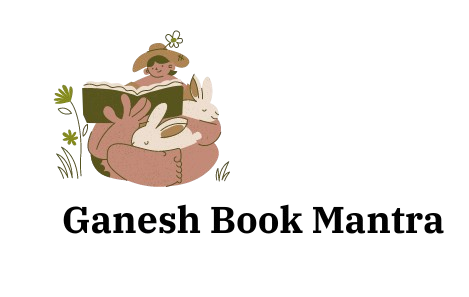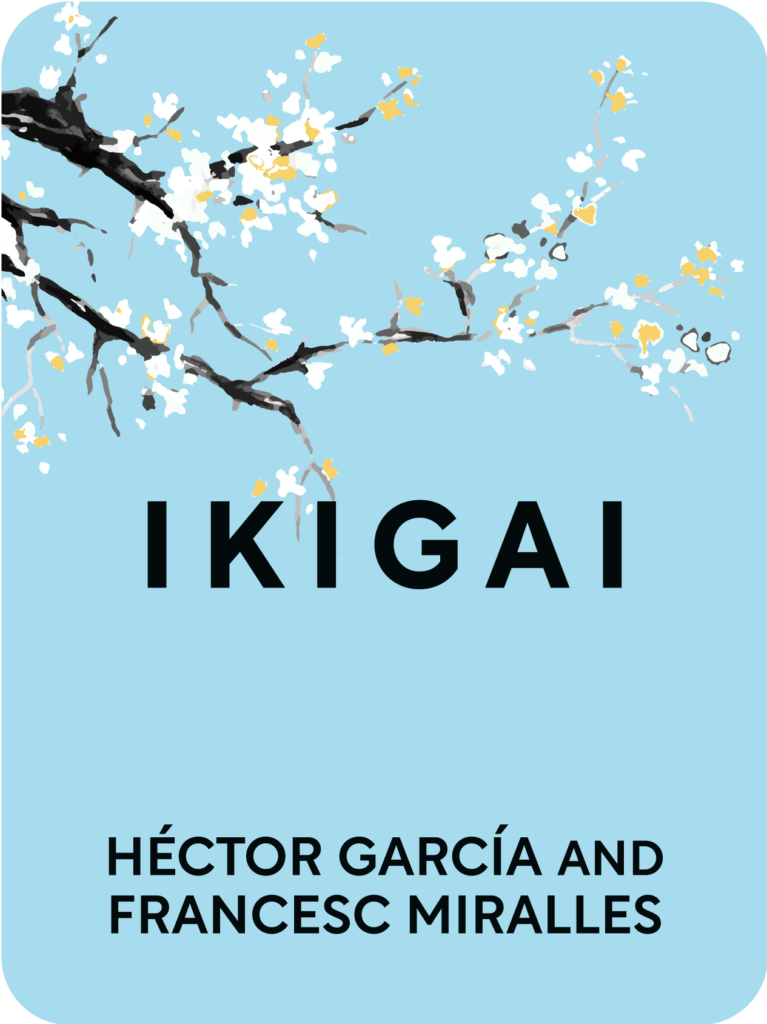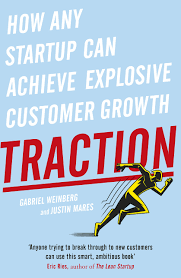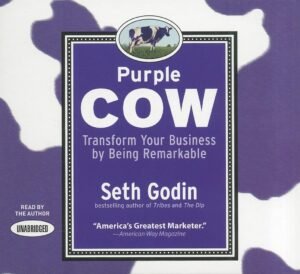🌱 Introduction: Why Ikigai Matters Today
In today’s fast-paced world, burnout, stress, and unhealthy lifestyles are common. Yet, in Okinawa, Japan, people regularly live past 100 years old with energy, joy, and gratitude. Their secret? A concept called Ikigai, which translates to “reason for being.”
Francesc Miralles and Héctor García’s book, Ikigai: The Japanese Secret to a Long and Happy Life, takes us deep into the habits, mindset, and lifestyle choices of these centenarians. And the best part? These principles aren’t reserved for Okinawa—they can be applied by anyone, anywhere, to live a longer, healthier, and happier life.
🌸 What is Ikigai?
Ikigai combines two Japanese words:
-
“Iki” = life
-
“Gai” = worth/value
It is often illustrated as the intersection of four things:
-
What you love ❤️
-
What you’re good at 💡
-
What the world needs 🌍
-
What you can be paid for 💰
When these four overlap, you find your Ikigai — your reason to wake up every morning.
📖 Key Concepts from Ikigai
1. A Deep Purpose Extends Life
One of the most powerful findings from the book is that having purpose — no matter how small — can literally extend your lifespan. In Okinawa, there is no concept of retirement. People continue farming, crafting, teaching, or engaging in their communities well into their 90s and beyond.
👉 Real-life example: Masao Vokawa, a 116-year-old farmer, said his Ikigai was tending to his vegetable garden daily. He didn’t do it for money but for joy and connection to life.
Practical Tip: Write down one small thing every morning that gives you a reason to get up — whether it’s your family, your work, or a hobby.
2. Hari Hachi Bu – Eat Until 80% Full
Okinawans follow the practice of Hari Hachi Bu: stop eating when you’re 80% full. Science backs this: calorie restriction reduces the risk of obesity, heart disease, and cancer.
👉 Real-life example: Instead of giant restaurant portions, Okinawans eat from smaller bowls, often multiple times a day, and their diet is rich in vegetables, tofu, fish, and green tea.
Practical Tip: Use smaller plates at home and pause before reaching for seconds. Ask yourself: “Am I hungry, or just full of habit?”
3. Stay Active, Don’t Retire
In Ikigai, physical activity doesn’t mean hitting the gym or running marathons. Instead, it’s about gentle, consistent movement — walking, gardening, yoga, or even dancing.
👉 Real-life example: In Okinawa, even elders over 90 walk daily to meet friends, work in their gardens, and join community activities. None of them “work out” in the traditional sense, yet they stay agile.
Practical Tip: Replace elevators with stairs, take short walking breaks during work, and engage in low-impact exercises like yoga or tai chi.
4. An Active Mind = A Young Life
Mental sharpness is as important as physical health. Learning, reading, puzzles, and creative activities keep the brain young.
👉 Real-life example: A retired teacher in Okinawa, aged 102, spends her mornings writing poetry and teaching kids. She believes her Ikigai is “sharing knowledge.”
Practical Tip: Dedicate 20 minutes a day to learn something new — a language, instrument, or even Sudoku.
5. Morita Therapy – Letting Go of Stress
The book introduces Morita Therapy, a Japanese practice where instead of resisting negative emotions, people observe them and let them pass naturally.
👉 Real-life example: One man used Morita therapy to overcome anger at work. Instead of lashing out, he gave himself three days before responding. By then, his anger dissolved, and he addressed the issue calmly.
Practical Tip: Next time you’re angry, wait 72 hours before reacting. Most emotions fade with time, reducing stress dramatically.
6. Community and Friendship = Happiness
Okinawans thrive in moai — small social circles of lifelong friends who support each other financially, emotionally, and socially. Loneliness is almost nonexistent.
👉 Real-life example: In a small Okinawan village, groups of five friends formed a moai in childhood. In their 90s, they still meet daily to laugh, share tea, and look after each other.
Practical Tip: Build your own moai. Surround yourself with 3–5 close friends you can count on, and invest in those relationships.
7. The 10 Golden Rules of Ikigai
-
Stay active, don’t retire
-
Take it slow — avoid rushing
-
Don’t fill your stomach 100%, eat until 80%
-
Surround yourself with good friends
-
Get in shape for your next birthday
-
Smile and laugh often
-
Reconnect with nature
-
Give thanks daily
-
Live in the present moment
-
Follow your Ikigai
🛠️ Action Plan: How to Apply Ikigai in Your Life
-
Find Your Ikigai
-
Write down what you love, what you’re good at, what the world needs, and what you can earn from. Look for overlaps.
-
-
Adopt Hari Hachi Bu
-
Eat slower. Serve food in smaller bowls. Stop at 80% full.
-
-
Move Daily
-
Walk, stretch, or garden. Commit to at least 30 minutes of gentle movement daily.
-
-
Calm the Mind
-
Practice mindfulness or Morita therapy. Observe feelings without judgment.
-
-
Nurture Your Circle
-
Strengthen your moai by spending time with friends and family regularly.
-
🌟 Lessons Learned
-
Longevity isn’t luck; it’s lifestyle. Purpose, diet, movement, and mindset matter.
-
Stress kills faster than disease. Learning to let go and living in gratitude extends life.
-
Small habits compound. Eating light, moving daily, and smiling often build resilience.
-
Community keeps you young. Strong friendships = long life.
🪜 Step-by-Step Guide to Start Living Ikigai Today
-
Wake up 30 minutes earlier and reflect on your day’s purpose.
-
Eat your meals slowly and stop at 80%.
-
Go for a 20-minute walk in nature daily.
-
Call or meet one friend every week.
-
Keep learning — read, write, or practice a hobby daily.
-
Smile at strangers and spread kindness.
💡 Real-Life Story Example
🌸 Case 1: Priya’s Transformation
Priya, a 42-year-old IT manager in Bangalore, faced constant burnout. After reading Ikigai, she began practicing Hari Hachi Bu and walking every evening. She also rekindled her love for painting. Within a year, she lost weight, reduced stress, and found joy again. Her Ikigai: “Spreading happiness through art.”
🌸 Case 2: Rajesh’s Renewal
Rajesh, a 58-year-old entrepreneur, was nearing retirement. Inspired by Ikigai, he realized retirement was not the end, but a new chapter. He started mentoring young startups, gardening, and playing with his grandchildren. Today, he feels more alive than ever, with his Ikigai: “Guiding the next generation.”
🌺 Conclusion & Call to Action
Ikigai is not just about longevity; it’s about living every day with purpose, joy, and gratitude. You don’t need to live in Okinawa to embrace it — the principles can be applied wherever you are.
🌟 Inspired by Priya and Rajesh’s journeys? This is just one story in our Book to Life series. Pick up Ikigai by Francesc Miralles & Héctor García today and take the first step toward your own transformation.
✅ Disclaimer: This story and examples are hypothetical, shared only to demonstrate how Ikigai concepts can be applied in real life.




